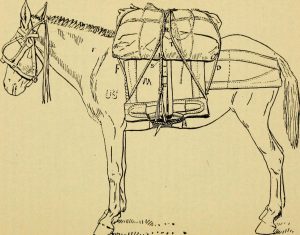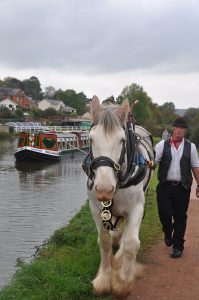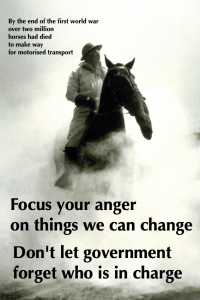When the first world war started in 1914, the world’s armies were accustomed to seeing imposing troops on horseback leading charges across open ground and engaging in the thick of the action. By the end of the battle of Verdun, in December 1916, the former cavalry units were to be found changing their sabres for machine guns and driving armoured vehicles instead of riding horses.
Verdun marked a pivotal point in the first world war, claiming so many lives that it was known as the “meat grinder”. To this day, farmers are still digging up horseshoes from the former battlefield. After decades of developing increasingly powerful artillery and with the arrival of mechanised warfare, the twentieth century battlefield witnessed the massacre of draft animals on a scale never previously imagined.
The British Army did not appreciate just how few horses it could afford to lose. Moving artillery pieces, carrying munitions to gun emplacements, at the turn of the century, modern armies could not operate without horses. From the front line to the billets, draft animals were ever-present. The first world war was deadly: on a particularly bad day, over 7,000 were killed in a conflict that lasted for years and claimed millions of equine lives around the world. Of these, nearly half a million were attached to the British army in some way. Faced with the eye-watering costs of procuring and transporting horses, the government set up the British army veterinary corps. Its skilled veterinary surgeons treated nearly three quarters of a million draft animals.
Despite going to war with extra horses to keep the army supplied, the German government had problems procuring fodder and some animals starved to death. Importing horse-related items was particularly difficult since traders were refusing to take German currency.
Around the world, the heavy losses of working horses created strong demand for alternative transport capacity. In Britain, the War Office pushed up demand for commercial vehicles by dumping 6,000 war surplus lorries and trucks on the market at bargain prices. It is hard to gauge the full extent of wartime losses and their impact on the wider economy, but many businesses that used to be horse-based changed to offer engineering and driving skills.
Horses were among the first animals to be domesticated during millennia of prehistory. You can be sure that the energy needed to build the monuments and cities of antiquity came from horses, mules and donkeys, if it did not come from slaves.



